What Should You Know About Circular Bending Aluminum Pipes?
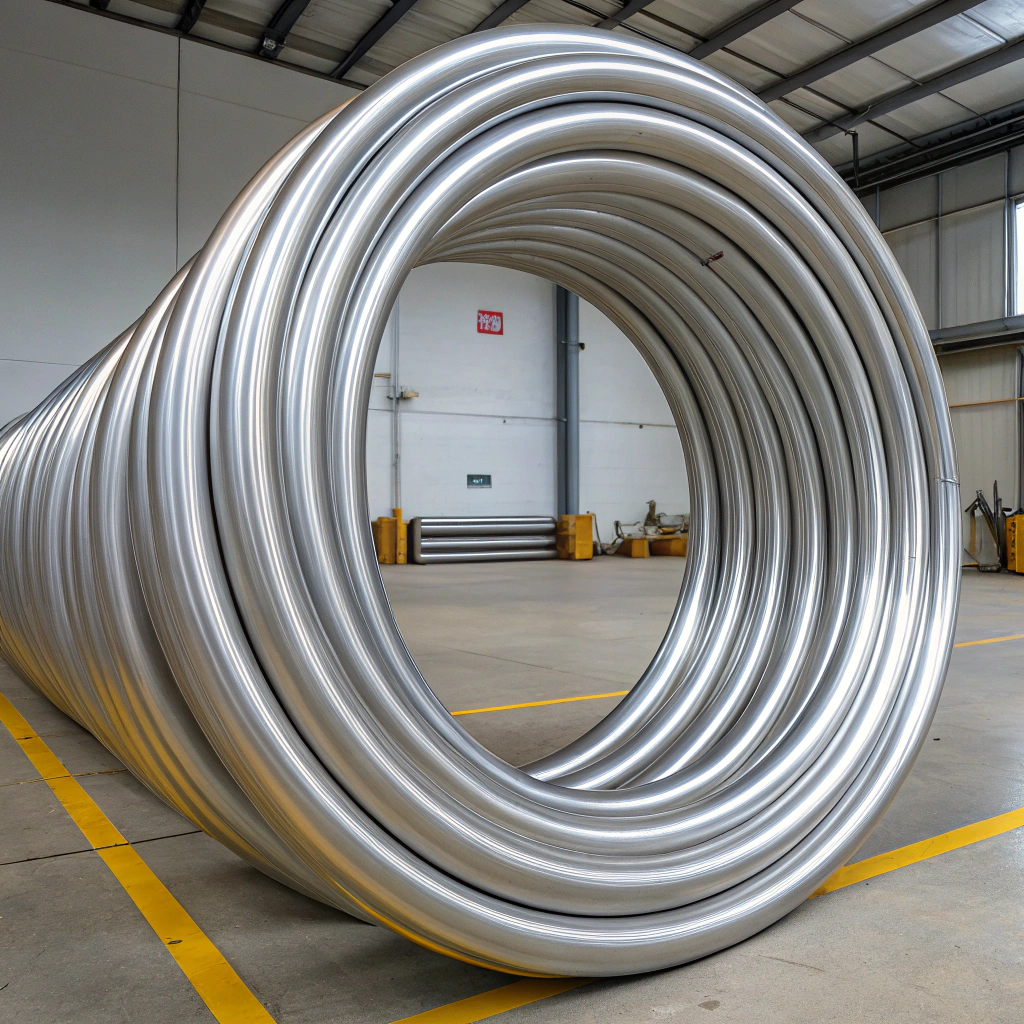
Struggling to find clear info on circular aluminum pipe bending? You’re not alone—most guides mix it up with regular bends.
Circular bending involves forming aluminum pipes into smooth, continuous curves or loops, unlike discrete bends that create angles.
Understanding the difference is key when you’re working with architectural curves, structural loops, or decorative applications. Let’s break it all down.
What is Circular Bending vs. Other Bending Methods?
If you’ve ever seen a spiral staircase railing or a round LED frame, you’ve seen circular bending in action.
Circular bending forms a smooth arc or full ring, while other methods like rotary-draw or mandrel bending create sharp angles or discrete segments.
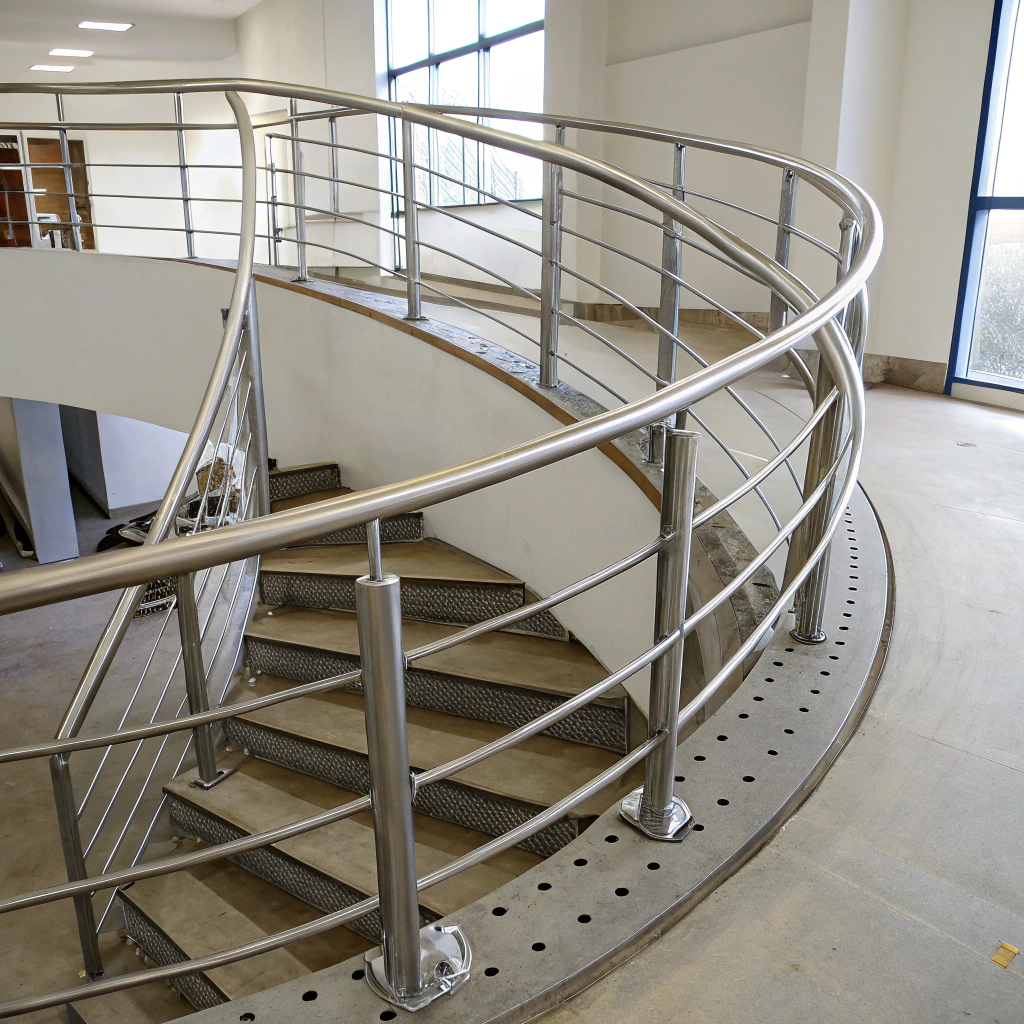
To make the differences clear, here’s a table:
| طريقة الانحناء | الوصف | الاستخدام الشائع |
|---|---|---|
| Circular Bending | Forms a large radius or full circle from aluminum pipe | Handrails, rings, hoops, lighting frames |
| Rotary-Draw Bending | Precise, tight-radius bend using dies and mandrels | Automotive tubing, furniture, roll cages |
| Compression Bending | Pipe is bent around a stationary form | General metal fabrication |
| ثني البكرة | Pipe is passed through rollers to form an arc | Circular arches, large loops |
| Mandrel Bending | Uses internal support to avoid wrinkling or collapse | Thin-wall tubing, HVAC, architectural forms |
Circular bending typically uses roll bending machines. They form a pipe into a long smooth curve. The radius is often much larger than in discrete bending methods.
This method is ideal when you want a full or partial circle—no harsh angles or straight sections.
On the other hand, rotary-draw or compression bends are used when you need sharp directional changes, like in exhaust systems or stair rail corners.
Circular bending creates continuous arcs, while rotary-draw bending creates precise angles.صحيح
Circular bending is for curves or rings, while rotary-draw is for defined angular bends.
Circular bending is best for tight bends on thick aluminum pipe.خطأ
Tight bends are better handled by rotary-draw or mandrel bending, not circular bending.
What Applications Need Circular Aluminum Pipe Bending?
If you think circular bends are just for looks, think again. They’re everywhere—in structures, equipment, and even transport.
Circular aluminum pipe bending is essential in architecture, signage, lighting, marine structures, and industrial pipe loops.
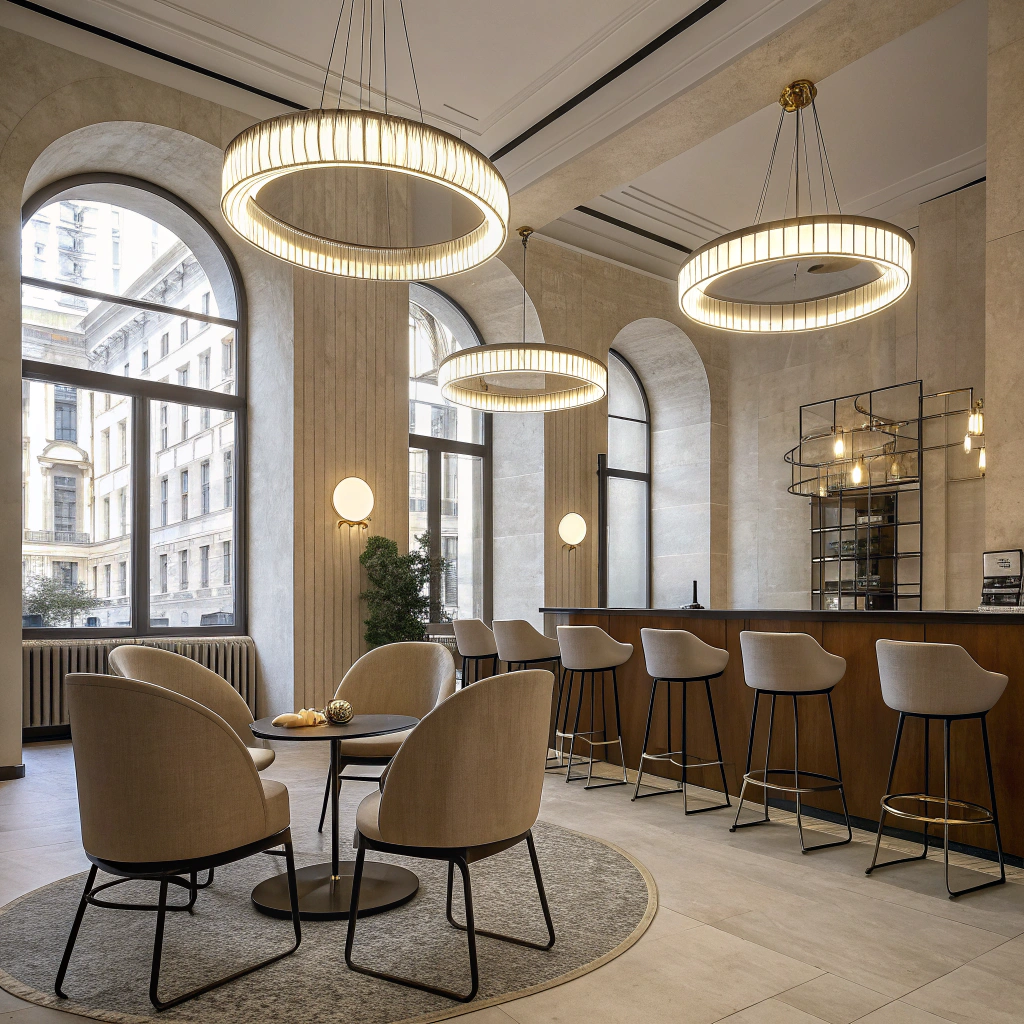
Here are some of the most common applications:
1. الهندسة المعمارية
- Stair railings that follow spiral stairs
- Curved façade elements or arch frames
- Dome or canopy support structures
These elements require large-radius bends that form a continuous curve, either as a design feature or structural element.
2. Signage and Displays
- Round signs or display frames
- LED light rings
- Exhibition structures and modular systems
Here, the bend is not just about form—it supports function and visual impact.
3. Marine and Boating
- Boat railings, especially around the bow
- Circular frames for awnings or sun shades
- Deck piping loops
Aluminum’s corrosion resistance makes it perfect for marine use, and circular bends reduce joints and improve strength.
4. HVAC and Plumbing Loops
- Piping loops for pressure equalization
- Coils in heating or cooling systems
- Circular manifolds or return paths
In these systems, a smooth arc reduces turbulence and stress concentration.
5. Furniture and Lighting
- Tubular furniture like chairs and stools
- Circular light fixtures
- Lamp housings or wall mounts
Circular bending adds elegance and strength with fewer joints.
| مجال التطبيق | Why Circular Bending is Used |
|---|---|
| الهندسة المعمارية | For structural and decorative curves |
| Signage & Displays | For visual continuity and strength |
| البحرية | For corrosion-resistant, joint-free loops |
| HVAC & Plumbing | For flow optimization in pipe loops |
| Lighting & Furniture | For aesthetics and form strength |
Circular bending is commonly used in furniture and lighting products.صحيح
Circular bends give smooth lines and eliminate joints in modern furniture and lighting.
Circular bending is rarely used in HVAC piping systems.خطأ
Many HVAC systems use circular bends for flow control and structural compactness.
What is the Typical Tolerance in Circular Bending?
If your design needs to fit precisely—say, inside a ring frame—you can’t afford sloppy bends.
Typical tolerance in circular aluminum bending ranges from ±0.010 inches for diameter to ±2° for arc angles, depending on size and tooling.
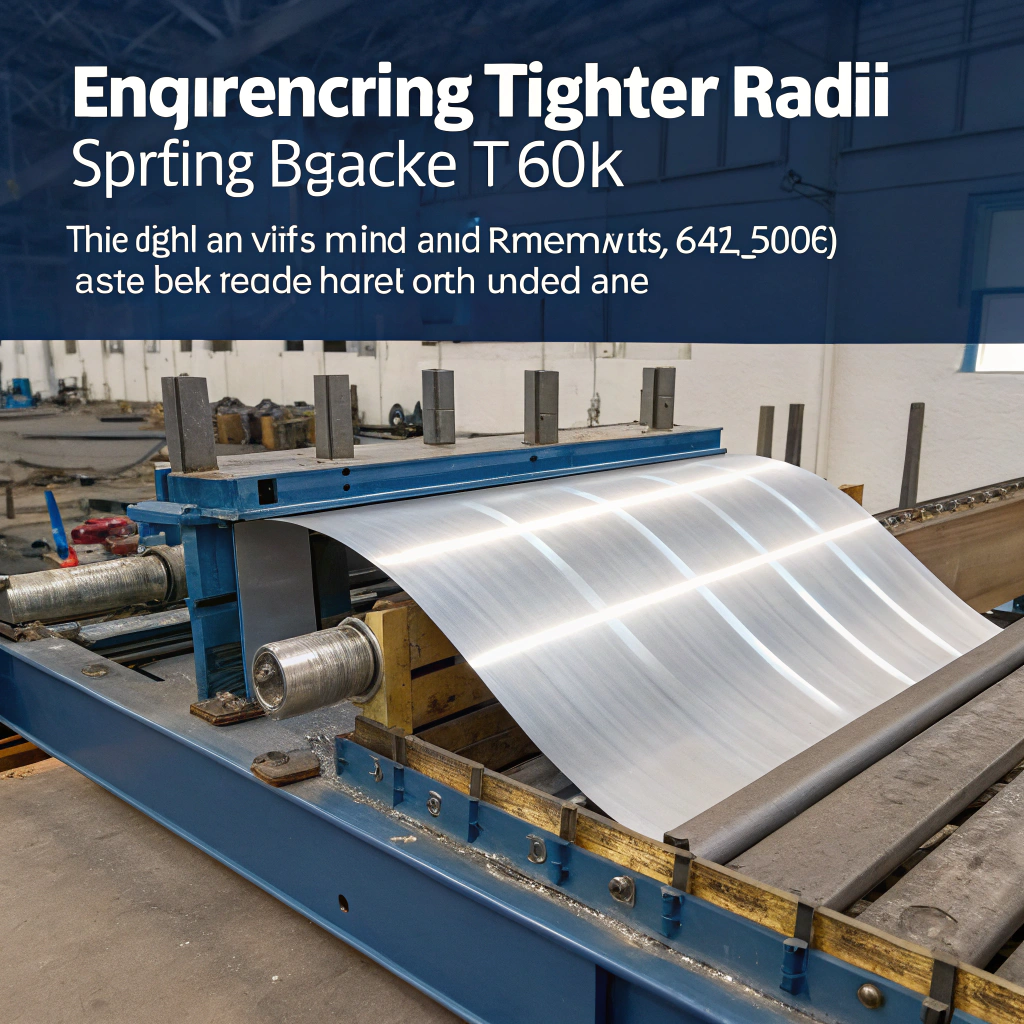
Here’s a detailed breakdown of common tolerances:
| الميزة | التسامح |
|---|---|
| Outside Diameter (OD) | ±0.010 to ±0.020 inches |
| سُمك الجدار | ±10% of nominal thickness |
| Bend Radius | ±1% to ±3% of designed radius |
| Ovality (out-of-round) | ≤ 5% of OD is typical |
| Arc Angle | ±0.5° to ±2° depending on size |
| Centerline Length | ±0.030 to ±0.060 inches |
Influencing Factors
Several things affect your achievable tolerances:
- Pipe Diameter and Wall: Smaller, thinner pipes are more prone to ovality or wrinkling
- Bend Radius: Tighter radii increase springback and potential error
- Material Alloy & Temper: Softer tempers (like 6063-T4) bend better than harder ones (like 6061-T6)
- Equipment Quality: CNC roll benders achieve tighter tolerances than manual methods
- Setup & Tooling: Custom dies reduce distortion, improve accuracy
Always discuss these with your fabricator. If you need tight tolerances, be specific.
±0.020 inches is a common diameter tolerance in aluminum pipe circular bending.صحيح
This is a standard range for medium-size aluminum pipes.
You can achieve ±0.001 inch tolerance in circular bending without CNC machines.خطأ
Such tight tolerance requires precision CNC and ideal conditions; manual bending won't achieve it.
How to Maintain Precision in Circular Pipe Bending?
Precision in bending isn’t just about the machine—it’s also about setup, material, and compensation.
To maintain accuracy in circular aluminum bending, you need proper material selection, mandrels or supports, tooling alignment, and compensation for springback.
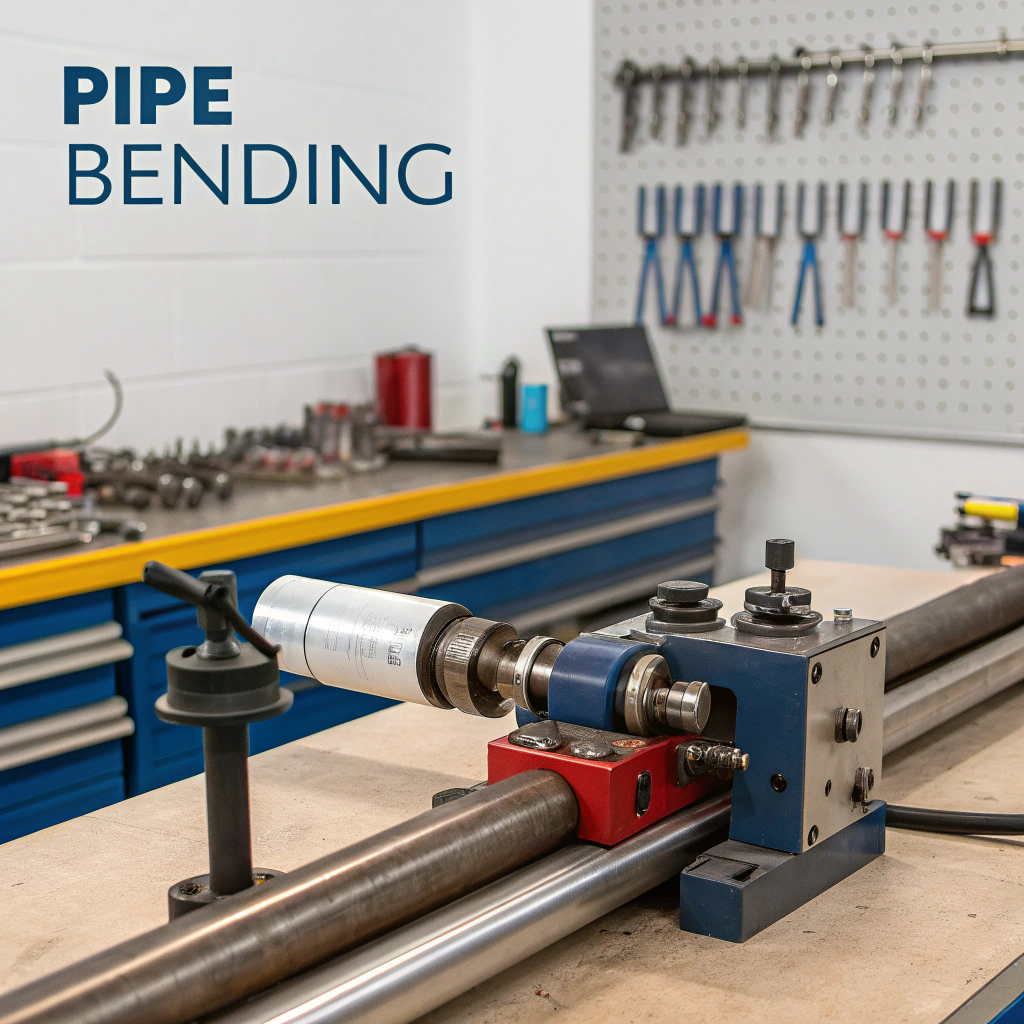
Let me walk you through the most important factors:
1. Material Choice
Some aluminum grades bend better than others:
| سبيكة | قابلية الانحناء | الملاحظات |
|---|---|---|
| 6061-T6 | عادل | Can crack if radius is too tight |
| 6063-T5 | جيد | Common in architectural uses |
| 5052-O | ممتاز | Very ductile, used in marine and HVAC |
Softer alloys or tempers are better for tight or circular bends. Hard tempers may need annealing before bending.
2. Radius Design
Use a bend radius that’s not too tight. A common guideline is:
- Minimum radius = 3× pipe diameter for safe circular bending
- For thicker walls, larger radius = less distortion
Avoid designs with radii smaller than 2×D unless you’re using high-end equipment with mandrels.
3. Tooling Setup
Your bending equipment must be calibrated for:
- Pipe diameter and wall
- Radius to be formed
- Number of passes (for roll bending)
- Springback compensation
If using roll benders:
- Make multiple gradual passes
- Monitor arc progression after each
For rotary methods:
- Use matched dies
- Apply clamping and wiper supports to reduce slipping and wrinkling
4. Springback Compensation
Aluminum is elastic—it springs back after bending.
To offset this:
- Overbend slightly (based on prior testing)
- Use formulas to predict springback (often based on modulus of elasticity and bend angle)
- Use trial pieces before production
5. Mandrel and Internal Supports
For hollow pipes, use:
- Plug mandrels (simple internal support)
- Ball mandrels (for flexible curves)
- Full-length mandrels (for tighter bends)
Mandrels prevent:
- Flattening
- Wrinkles on the inner bend side
- Wall thinning
6. فحص الجودة
Check parts for:
- Correct radius (use templates or CNC measurements)
- Ovality and wall thickness consistency
- Surface damage or cracks
Use laser scanners or CMMs for tight tolerance jobs.
Springback compensation is necessary when circular bending aluminum pipes.صحيح
Aluminum's elasticity means it springs back after bending, requiring slight overbend.
Mandrels are used to tighten the radius during roll bending.خطأ
Mandrels are used to support the inner wall during bending, not to make bends tighter.
الخاتمة
Circular bending is essential for curved aluminum pipe designs. Unlike angle bends, it creates smooth, seamless arcs for both structural and decorative purposes. With the right alloy, tooling, and techniques, you can achieve excellent precision and durability—even on complex curves.



